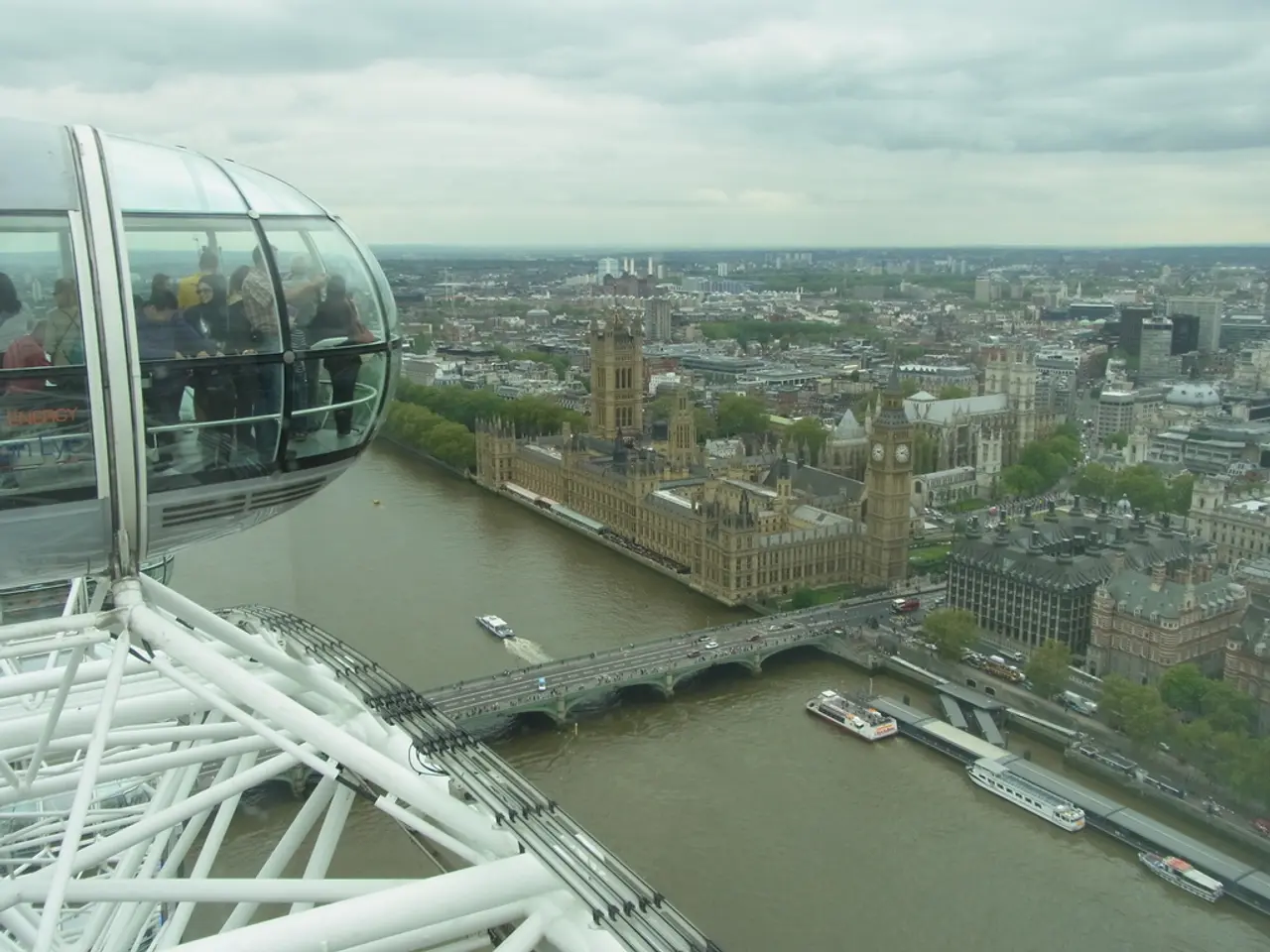Affordable private rentals account for merely a fifth, with a report highlighting a dismal figure of just 5%.
In recent years, the private rental sector has become increasingly important in understanding poverty, particularly among younger low-income individuals. This shift has been driven by a decrease in homeownership rates among low-income families since 2008.
According to the Institute for Fiscal Studies (IFS), the sharp reduction in affordability could lead to demand for affordable properties far outstripping supply. This is a concerning trend, as properties covered by benefit rates are of lower quality and more expensive to heat than the average.
The situation is further exacerbated by the government's freeze on Local Housing Allowance (LHA), which determines the maximum rent support for low-income private renters. This freeze, in place since April 2020, has resulted in a dramatic decrease in the proportion of affordable private rental properties. In fact, only one in twenty newly listed private rental properties could be covered by housing benefit.
This is a significant issue, as low-income families in private rented properties are more likely to live in homes that are hazardous, in disrepair, difficult to adequately heat, or lacking modern facilities. This is in stark contrast to just 18% of owner-occupied homes and 12% of social rented homes that would fail the Decent Homes Standard.
The impact of this situation is evident in the higher energy bills faced by renters, with homes for renters being harder to heat on average. Affordable properties have 19% higher heating and hot water costs than the average, a gap that has grown as rents have increased.
The IFS warns that this trend could force low-income families to choose between unsafe or unaffordable homes. To prevent this, the government has been urged to unfreeze LHA and ensure it reflects market rents.
There is variation in affordability across Britain, with the share of properties affordable for benefit claimants ranging from 2.5% in Wales to 6.9% in the North East. This highlights the need for a comprehensive and regionally tailored approach to address this issue.
Comparatively, renters in the social and private sectors face higher rates of poverty and lower living standards compared to homeowners. This underscores the importance of addressing the affordability crisis in the private rental sector to improve the living conditions and financial stability of low-income families.
Read also:
- chaos unveiled on Clowning Street: week 63's antics from 'Two-Tier Keir' and his chaotic Labour Circus
- Skechers Debuts First American Stores Focused on Athletic Footwear Performance
- Unchecked carbon emissions could potentially lead the world to revert to coal usage, according to a knowledgeable source.
- Discusses Rasmus Sojmark's thoughts on the Legends Charity Game before SBC Summit




